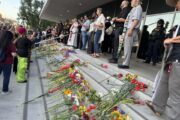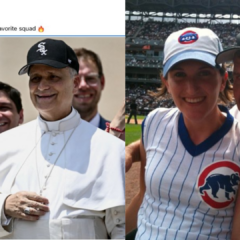CRCC’s Nalika Gajaweera presented her research on how people of color experience race in mindfulness communities that are predominantly white at the Buddhism and Breath Summit.
The Buddhism and Breath Summit was sponsored by The Jivaka Project and The Robert H.N. Ho Family Foundation Center for Buddhist Studies at the University of Toronto. Find out more and find other presentations at Jivaka.net.
Abstract
In Vipassana meditation practice, the first common object is the breath. By allowing the breath to be the focus of your awareness, one lets the social world full of discursive thought, self-reflexivity and judgement move into the background. Yet, we know that as intimate and solitary as this breath practice is, many individuals turn to communities of solitary practice such as sitting groups and retreat spaces, as safe grounds or anchors to turn their gaze inward and attend to the tacit, embodied dimension of their being. This presentation critically evaluates how for non-white people of color in North America who practice in institutional spaces that are predominantly white, such silence and safety is interrupted by race. By drawing on fieldwork conducted in California among mindfulness communities, I explore key assumptions about mindfulness that North American black and non-black people of color expose and problematize through their engagement with mindfulness. The presentation asks, how in the context of racialized history of the United States and institutional whiteness, how we might more fully appreciate the “noble” breath of meditation, not as simply empty and neutral, but rather as supersaturated with history and power.
Questions for reflection
For practitioners of color participating in Insight and mindfulness spaces, in what ways does race and history shape their experiences in such spaces?
What role do others play in the self-cultivation practices of meditation practitioners? Do you have any personal practices in your own life in which others in the environment impact your personal experience?
Related to the idea of the comfort and discomfort of space that this article refers to, what spaces do you find yourself “sinking into” or “not sinking into” (Ahmed 2014)? What shapes this comfort and discomfort?
Nalika Gajaweera was a senior research analyst with the USC Center for Religion and Civic Culture through 2023.






